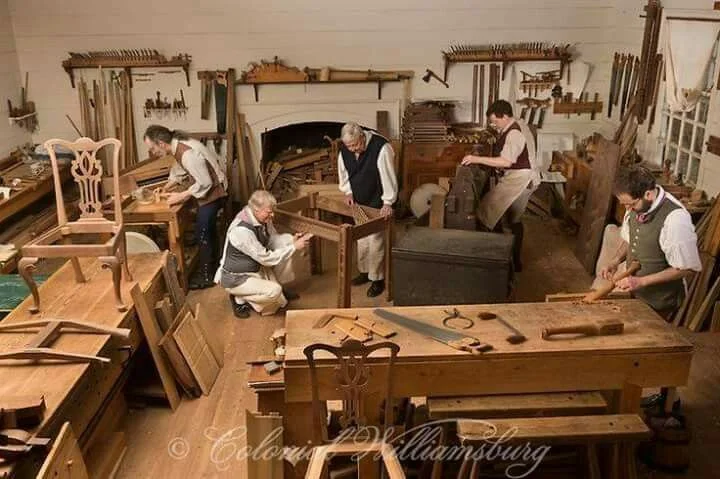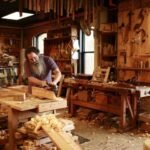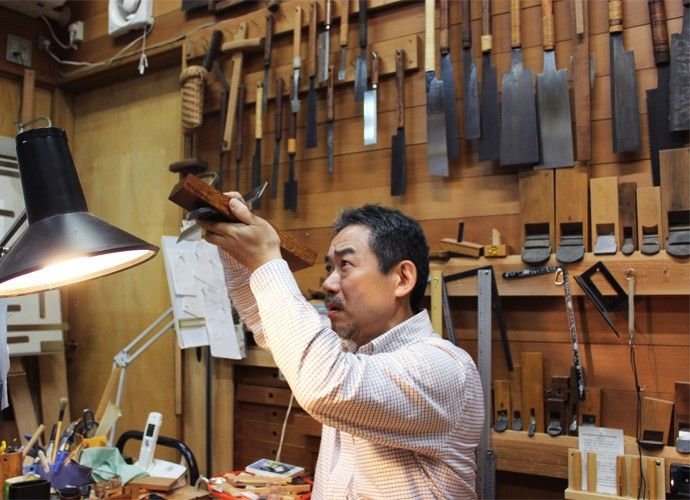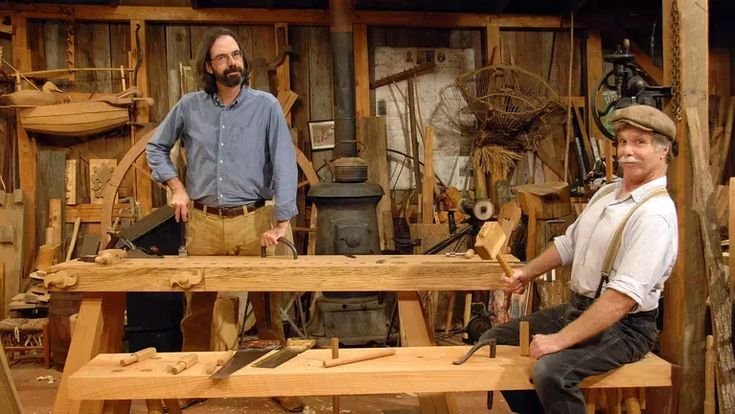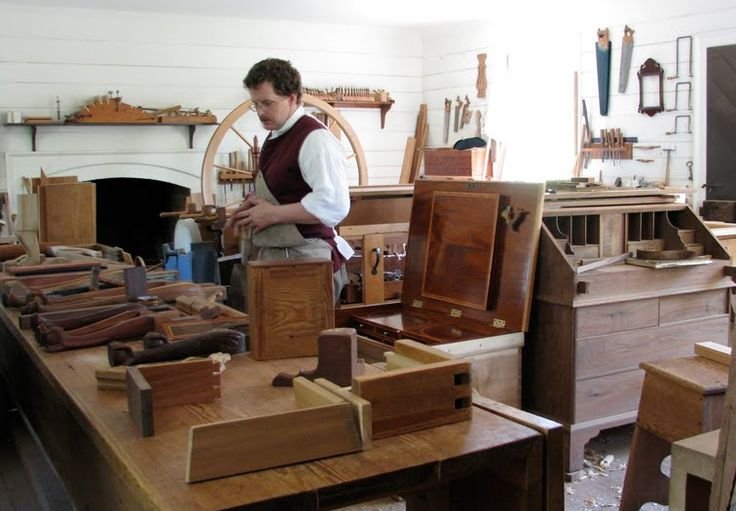Finding My Way as a Woodwork Teacher
You know, it’s funny. I’d never really thought about being a woodwork teacher. I mean, when you grow up in a small town like ours, you just pick up skills here and there. You tinker with things and fix stuff. When I finally found myself standing in front of a bunch of kids with various expressions—some bored, some curious—I realized just how unprepared I was for this gig.
So, grab a cup of coffee, come sit with me, and let me tell you about the time I almost threw in the towel.
The Beginning of It All
So, a little backstory first. I grew up in a family of makers. My dad had this beautiful collection of tools—he’d always be in the garage sanding something down or welding something together. I remember the sharp smell of sawdust and wood glue hitting me, and the sweet sound of the radio playing Johnny Cash in the background. Those memories kinda stuck with me.
Years passed, and I found myself in the same garage with my own collection of tools. But it wasn’t until a few years back that the whole “teaching” thing landed on my lap. The local middle school was in dire need of a wood shop instructor after the last one retired, and my buddy Jim nudged me over a couple of beers one night. “You should do it, man! You know your way around wood!”
Well, I did have a passion for woodwork, but teaching? That was a whole different ball game. Still, after some convincing, I thought, “Why not? How hard could it be?” Oh boy, was I in for a ride.
The First Class Disaster
Fast forward to my first class. To say I was nervous would be an understatement. I remember standing in front of those kids, about fifteen pairs of eyes staring back at me. I was sweating bullets. I started off with a simple project—a birdhouse. Easy enough, right?
That’s when I made my first big mistake: I overcomplicated things. I mean, I was excited, and the tools I had in mind—like the miter saw and the jigsaw—were just waiting in the corner like some eager puppies. I got too technical, and by the time I introduced things like dovetail joints, I could see the kids’ eyes glazing over. Mentally, I kicked myself.
It was in that moment, right there, amidst my rambling, that I almost gave up. I thought, "What am I doing? These kids don’t care about fancy cuts. They just want to nail some wood together!" And you know, that didn’t hit me until I blurted out, “Okay, let’s just make a simple box. Who doesn’t love a good box?” The relief was palpable.
Sticking with It
Eventually, things started to click. I figured out that less is more. That’s where I stumbled upon my love for pine—a comforting, versatile wood. It smells like a warm cabin in the winter; you know that earthy, sweet, resinous scent? Perfect for beginner projects. It was forgiving, and if we messed up, we could just get another piece without breaking the bank.
One day, while we were cutting our pine pieces, I had a quintessential “aha!” moment. A kid named Tyler, who had been pretty quiet all session, yelled out, “Mr. J! It actually worked!” I turned, and he was holding up this perfect right angle he’d just cut. I could hardly contain my joy! It felt like I’d struck gold.
Teaching those kids was one of the most rewarding experiences of my life. We’d have these moments of laughter and realization, and let me tell you, seeing them take pride in a completed project is one of those things you can’t replace. It became less about the projects and more about the people you meet along the way.
Lessons in Patience
Now, patience is a funny thing, isn’t it? I’d always thought it was about waiting. But during my time teaching, I learned that it’s more about understanding your students. It’s about letting them make mistakes—and trust me, there were plenty! There was that time when Maya accidentally glued her fingers together. I swear I was ready to call in a medic! We laughed about it for weeks after, and against all odds, she ended up with a beautiful photo frame she actually designed herself.
Those little moments of humanity and humor added a layer to my experience. Yes, I had my fair share of blunders too—like that time I mistook walnut wood for cherry. The color difference was, well, comically obvious. We all had a good laugh at my expense, but hey, learning’s a two-way street, right?
Closure and Reflections
Looking back, it’s funny how a boozy challenge with a friend turned into a life-changing endeavor for me. If you’re thinking about teaching woodwork—or anything, really—don’t overcomplicate it. Listen to your students, embrace the mess, and laugh at your mistakes. That’s the golden ticket.
So, if you ever hesitate, just dive in. You’ll surprise yourself with how much joy you can spread—and how much you’ll learn in the process. Grab those tools, breathe in that fresh wood smell, and just go for it. You won’t regret it. Trust me on this one.

